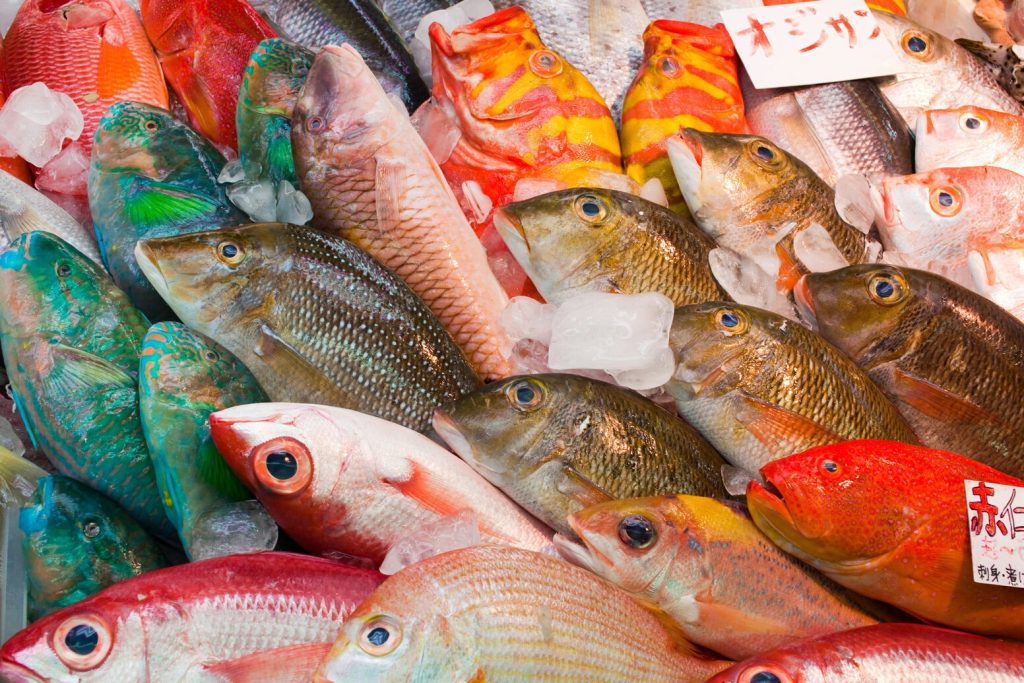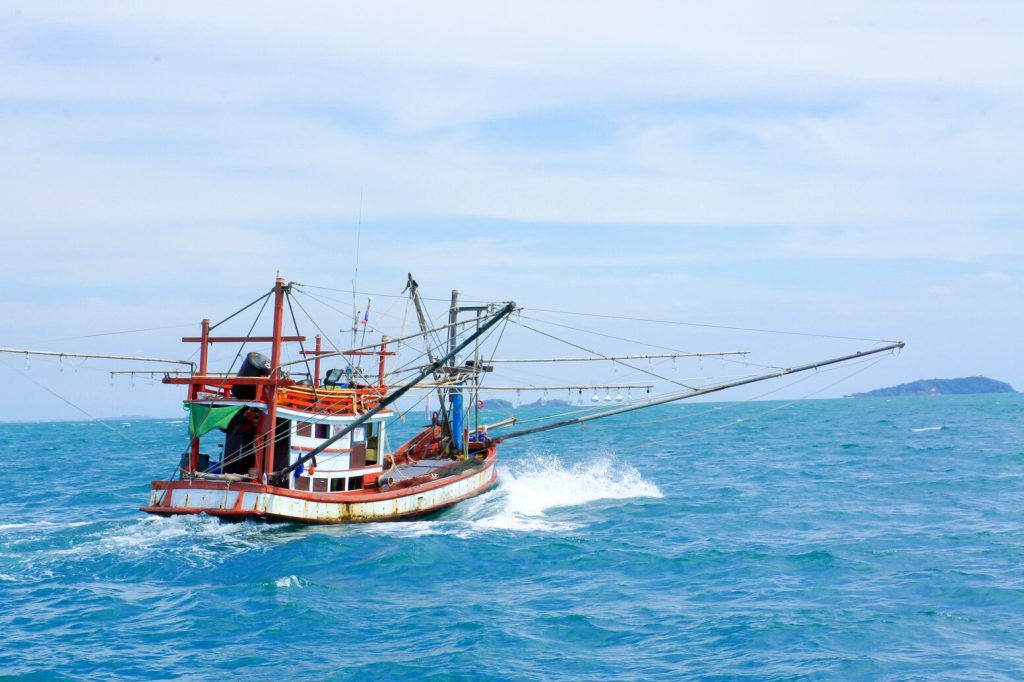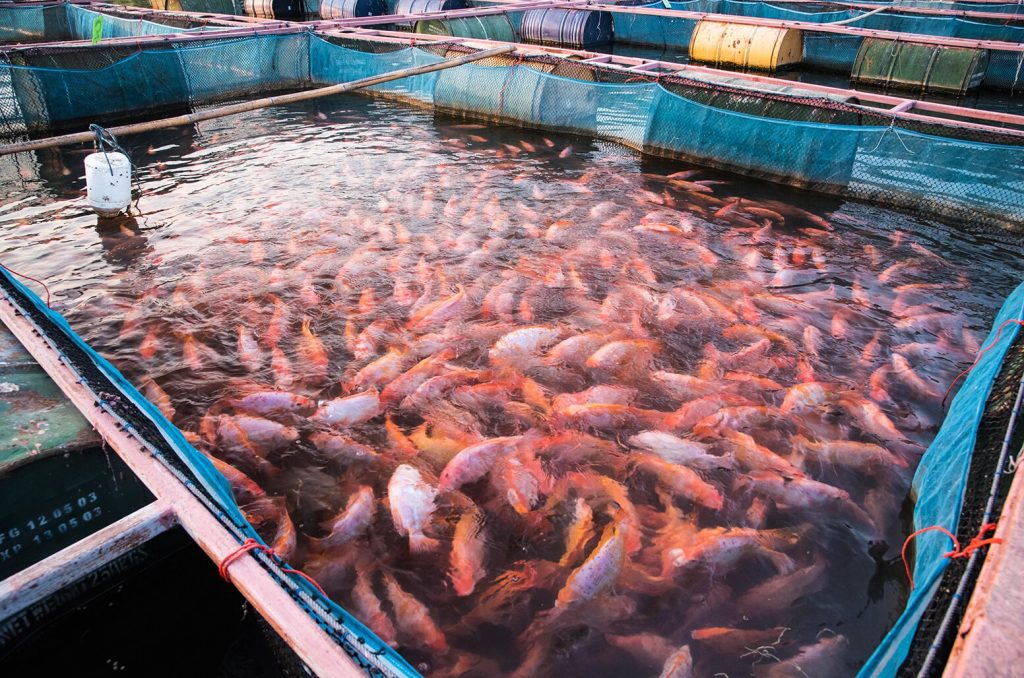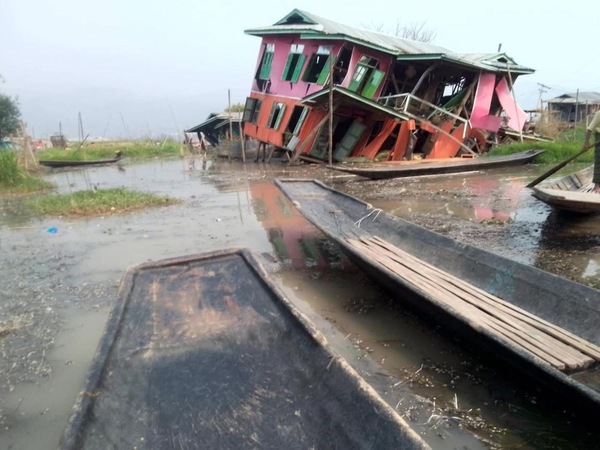

tales of travel
Stories, insights, recipes and more from all over Asia.
Sustainable Seafood: Solutions for a Crisis in the Sea
One of the most delectable experiences, in our opinion, is feasting on fresh seafood. Whether you’re a fan of Japanese nigiri made with fresh bluefin tuna and a touch of wasabi, or an authentic Thai red coconut shrimp curry, you’ve no doubt indulged in a vast array of different types of seafood and enjoyed flavorful cultural approaches to its preparation.
Unfortunately, the demand generated by our collective consumption has produced alarming detriment to seafood stocks in the ocean. The World Wide Fund For Nature (WWF) has cited this situation as one that will have long-lasting devastation on our marine ecosystem.
Overfishing is now the most imminent hazard to the world’s delicate ocean ecosystems. According to the Food and Agriculture Organization of the United Nations, the livelihood of nearly 12% of the world population relies on fisheries and aquaculture. Well over half of our world population sources their animal protein from seafood. While these numbers may seem astronomical, in the microcosm of Southeast Asia, the reliance on seafood is actually much higher.
It is estimated that 64% of Southeast Asian fisheries are at risk of being overfished. Overfishing arises once fish (or other marine life) are harvested at a faster rate than they can reproduce, thereby producing a steadily declining population. Overfishing occurs for a number of reasons, but more often than not, it’s due to increased demand for specific types of seafood or illegal fishing practices.
To sum up bluntly, the WWF declares that “our oceans are now facing a global crisis as more and more people compete for fewer and fewer fish.” With overfishing depleting fish stock across the world, the impact of unsustainable fishing practices not only affects the population of marine-life, it impacts the well-being of an untold millions of citizens in developing nations who work in the industry and also rely on seafood for sustenance. As grim as the circumstance sounds, there is a burgeoning sustainable fishing industry, in addition to things we, as consumers, can do to influence businesses that make seafood available to consumers.

What is being done?
The following are just a few examples of
large-scale initiatives promoting sustainable fishing practices
Japan steps toward change
As an island nation, Japan is unsurprisingly one of the largest consumers of fish and seafood in the world. The country has set its sights, through the actions of NGOs such as Ocean Outcomes Japan, to introduce sustainable fishing practices by establishing harvest limits for Pacific Bluefin tuna and implementation of stringent guidelines for aquaculture to ensure sustainable practices in fisheries.
While Japan struggles with the stigma of illegal whaling practices and recent negative publicity from documentaries like, The Cove, these sustainability initiatives are steps toward positive change.
Magnuson-Stevens Act
The United States is currently the leader in sustainable fishing practices. Regulations, like the Magnuson-Stevens Fishery Conservation and Management Act, aim to protect ocean marine-life populations in addition to establish guidelines for fisheries management to promote increased fish stock and sustainable fishery practices.
The U.S. is also one of the world’s largest seafood importers, which gives the country some sway in influencing fishing and fishery standards globally. Programs, such as The Seafood Import Monitoring Program, institute a comprehensive reporting and recordkeeping program to identify and guard against illegal, unreported and unregulated seafood from entering the U.S. marketplace.
These government policies serve to help influence the global market and are also used as a template for other governments seeking to implement their own sustainability regulations.

Environment Defense Fund
The Environmental Defense Fund, a major worldwide environmental organization comprised of two million members, including scientists, economists and policy experts, is actively working to address overfishing. Its approach takes into consideration fishing rights, interests of the individual fisherman and their livelihood and the long-term sustainability of fisheries.
The EDF is actively working with the Philippines, one of the largest fish producing nations in the world. Currently, 10 out of 13 fishing grounds and fisheries in the Philippines are overfished and nearing depletion.
The objective of the EDF is to establish smarter management systems that reform fishery practices while also ensuring their long-term success.
Marine Stewardship Council
The Marine Stewardship Council (MSC) is an international organization that has established a fishery certification program identifying and rewarding sustainable fishing practices for businesses, while also influencing the general population’s awareness of the global
seafood crisis.
The MSC’s steadily increasing global partnership includes companies like Walmart, McDonald’s, IKEA, TESCO, Hilton Hotels and Aldi to ensure that seafood offerings are MSC certified for sustainability.
What can I do?
A study funded by the National Science Foundation and conducted by the National Center of Ecological Analysis and Synthesis (NCEAS) predicts the collapse of all seafood fisheries by the year 2050 if current fishing practices are maintained.
While change will be challenging, it’s feasible and the impact is measurable. Boris Worm, lead author of the NCEAS study, states: “We can turn this around. But less than 1 percent of the global ocean is effectively protected right now. We won’t see complete recovery in one year, but in many cases species come back more quickly than people anticipated—in 3 to 10 years. And where this has been done, we see immediate economic benefits.”
There are a number of things that you, as a consumer, can do.

Know your seafood
Becoming aware of which types of seafood are overfished and which are abundant is a great first step in influencing demand and avoiding species that are at risk of depletion.
The Monterey Bay Aquarium’s Seafood Watch program provides wallet-sized consumer guides that identify seafood in particular regions that are abundant versus those that are overfished. You can access these guides at: www.seafoodwatch.org or download their mobile phone app titled: “Seafood Watch.”
Speak up for sustainability
Businesses listen to consumers. If a restaurant or supermarket provides access to sustainable products, vote for those products with your wallet. When you rate a business by writing a review, commend their selection of sustainable choices. Your voice and buying habits directly influences the types of products that businesses opt to provide to their customers.
Know where to purchase your seafood
A number of supermarkets are paving the way toward increasing availability of sustainable seafood options, either by implementing their own standards or by partnering with global organizations like the Marine Stewardship Council and adhering to their sustainability certification standards.
A recent ranking, performed by Greenpeace, identifies how 22 major supermarkets in the United States rank in terms of seafood sustainability. The top ten were as follows:
1. Whole Foods Market
2. Hy-Vee
3. ALDI
4. Target
5. Giant Eagle
6. Wegmans
7. Albertsons Companies
8. Sprouts Farmers Market
9. Ahold Delhaize
10. Meijer
Research your own local supermarkets to get a sense of their efforts toward providing sustainable seafood product options.
sign up for our
Newsletter
Stay current with all the latest being offered from ATJ, as
well as updates on Asia Destinations.






























